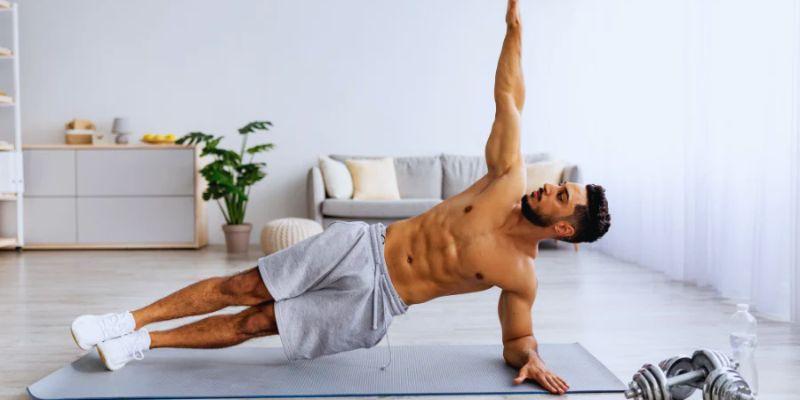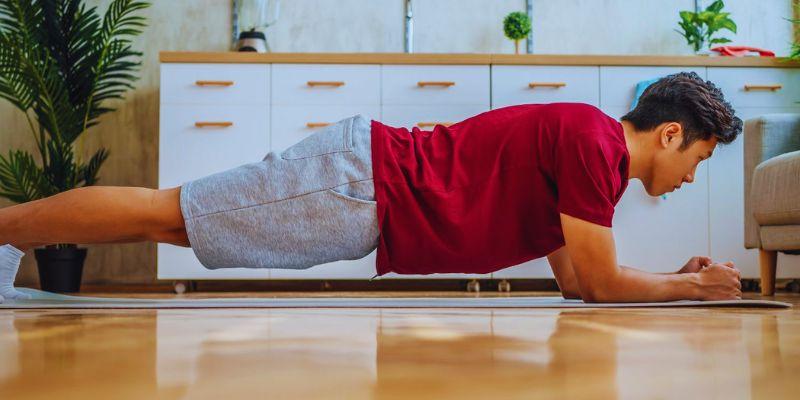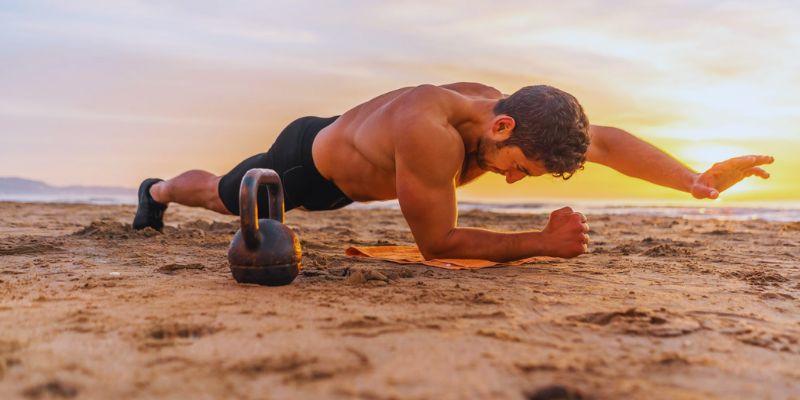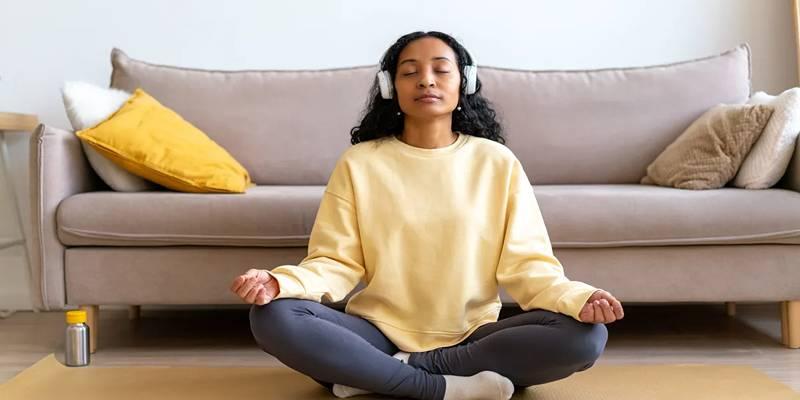A strong core helps with daily motions. It enhances overall body control, balance, and posture. Whether you are lifting, walking, or sitting, your core stays engaged. Although many novices neglect core exercises, remaining active and injury-free depends on them. The good news is you do not need gear or a gymnasium. These beginning exercises are simple, safe, and easy to understand—perfect no-equipment abs exercises for beginners.
Concentrate on proper form, respiration, and deliberate movement. Over time, even modest efforts result in obvious development. Keep regular and you will gain strength and stability. Moreover, these exercises get your body ready for more sophisticated training down the road. In this guide, you’ll find the top beginner core exercises for stability and strength.

Top Beginner Core Exercises for Stability and Strength
Below are the top beginner exercises from a core stability workout to build strength, improve balance, and boost stability.
Plank Hold for Core Stability
Planks make your core simple yet strong. Begin on a mat facing down. Under shoulders and forearms flat, position your elbows. Use your toes and forearms on the ground to lift your body. Make your hips match and your back straight. Do not let your abdomen fall. Do not arch or hold your breath. First hold for fifteen to twenty seconds. Gradually raise your time with effort. Abs, back, glutes, and shoulders are all targeted by this movement. It increases stability, strengthens muscles, and corrects posture. Do three sets every day; concentrate on tight form; inhale gently and steadily. All core strength routines have their roots in planks.

Dead Bug for Controlled Movement
The dead bug is ideal for novices seeking control. Lay flat with arms reaching up. Angle knees to 90 degrees over hips. Lower your left leg and right arm gradually. Maintain pressure on your back against the mat. Go back and change sides. Breathe steadily and move cautiously. It improves mind-body synchronization. It focuses on deep core muscles encircling the spine. These muscles help you to balance and protect your back. Make two or three sets of ten reps on each side. It is kind, secure, and quite successful. Perfect for posture and movement control. Stay concentrated and move purposefully.
Bird Dog for Balance and Mobility
Start on hands and knees; the bird dog strengthens and balances—hands under shoulders, knees under hips. Extend the left leg and right arm straight out. Keep hips even and back flat. Hold for a few seconds; don’t twist or tilt. Come back to the beginning and flip roles. Move slowly and be stable. Abs, glutes, and lower back are the focus here. Excellent for spine stability and support. Prevents accidents and enhances coordination. Ten reps per side should be done. Movements must be tight and clean. Two to three sets suffice; ideal for improving core strength and balance.
Glute Bridge for Hip Stability
Suitable for the hips and lower back are glute bridges. Lie on your back with knees bent and feet flat. For assistance, keep your arms by your sides. Lift your hips and push through your heels. From shoulders to knees, create a straight line. At the summit, tighten your glutes. Hold quickly, then drop gently. This maneuver enhances your glutes, abs, and back. Three sets of 12–15 reps help to increase hip mobility and relieve lower back pain. For further challenge, add a top hold. Breathe deeply and move slowly. It’s a solid and potent starting core exercise. Great for beginners seeking no-equipment ab exercises and core stability workout benefits.
Side Plank for Oblique Strength
Side planks target the sides of your core. Lie on one side with legs straight. The elbow should be under your shoulder. Raise your hips such that your body is in a straight line. Keep your core tight and don’t let your hips drop. Hold for 10–15 seconds on each side. Increase time as you get stronger. Strengthens obliques, shoulders, and improves side stability. It helps prevent injuries from twisting. Two to three sets daily. Maintain constant form and keep your body aligned. Breathe normally. Though difficult, it is rather worthwhile. It is excellent for developing strength, a defined waist, and balance. It is perfect for core stability workouts and no-equipment ab exercises at home.
Standing Knee Raises for Functional Mobility
Stand tall with feet hip-width apart. Slowly lift one knee toward your chest. Engage your core as you lift. Lower it back and repeat on the other side. It is a fundamental and practical motion. For more action, you can swing your arms. Do two to three sets overall of 12–15 reps per side. Ideal for mobility, flexibility, and balance. No equipment is required in it. It can be done anywhere. It targets your abs and hips. Also, it boosts coordination and leg control. Excellent for warm-ups or light exercises. Maintain your upright posture and attention throughout each rep—a must-try for beginners doing no-equipment ab exercises and core stability workout routines.
Superman Lift for Lower Back Strength
Lie face down on the floor to help your lower back and posture. Stretch your arms straight in front. Lift chest, legs, and shoulders together. Hold for a few seconds. Then lower everything slowly. Maintain a neutral neck, eyes down. Don’t overextend or jerk upward. Move with control and breathe. It targets the lower back, glutes, and shoulders. Do two or three sets of ten reps to help alleviate back pain and improve posture—a secure approach to strengthen spine support. Simple yet powerful, it feels excellent, especially after sitting all day.
Conclusion:
Establishing core strength does not call for either costly gear or a gym. These highly efficient activities are suitable for novices and are simple to follow. They improve your posture, lower back pain, and increase daily movement. Every movement, from planks to superman lifts, aims particular muscles supporting your backbone and balance. Maintain focus, be consistent, and take on challenges as you get tougher; only a few minutes every day can make a significant change. Starting slowly, breathe deeply, and record your progress; these core exercises also get you ready for more sophisticated fitness programs.












